US ambassador Arthur Sinodinos reveals initial US concerns about sharing nuclear ’crown jewels’
Australia initially pursued a submarine deal with the UK before bringing in the US, outgoing US ambassador Arthur Sinodinos has revealed. See why.
World
Don't miss out on the headlines from World. Followed categories will be added to My News.
The Morrison government initially pursued a secret submarine deal with the United Kingdom before bringing in the Americans and developing the AUKUS pact, Australia’s departing US ambassador has revealed.
Arthur Sinodinos, who will soon hand over to former prime minister Kevin Rudd, said the Biden administration was determined to make AUKUS a “smashing success” as he talked up the soon-to-be-unveiled “genuine trilateral solution” for Australia’s nuclear-powered fleet.
But he said the US Navy had initially been sceptical of handing Australia its “crown jewels”.
“No one rang us up … and said you Aussies have got to do AUKUS or anything like this,” Mr Sinodinos told the Center for Strategic and International Studies on Friday (AEDT).
“It was very much an Australian idea.”
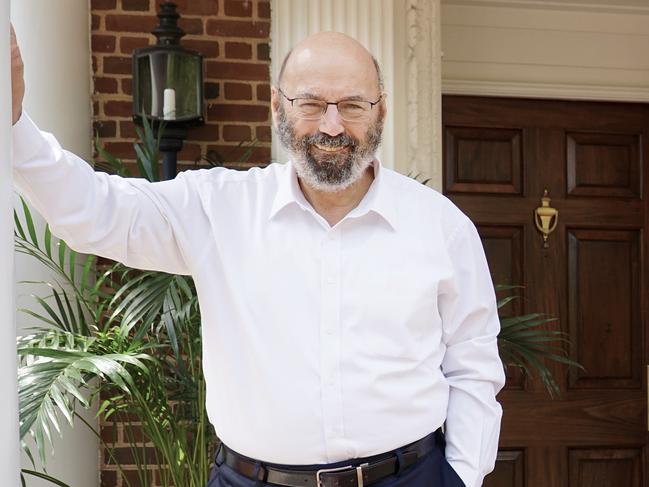
“We were the ones who approached the Brits and then the Americans about doing this. It wouldn’t have occurred to the Americans because they’ve taken a very strong view about their crown jewels in their nuclear technology.”
“Initially the thought was we might go down the route of doing something with the British, but that would involve nuclear technology that belongs to the Americans, so the Americans had to be brought into the picture.”
“Their attitude initially was: ‘Does Australia understand the full extent of the meaning of nuclear stewardship in this context, and is the nation up to this?’ And that was a fair question.”
Anthony Albanese is set to travel to Washington DC this month to meet with US President Joe Biden and UK Prime Minister Rishi Sunak and reveal Australia’s plan for its nuclear fleet.
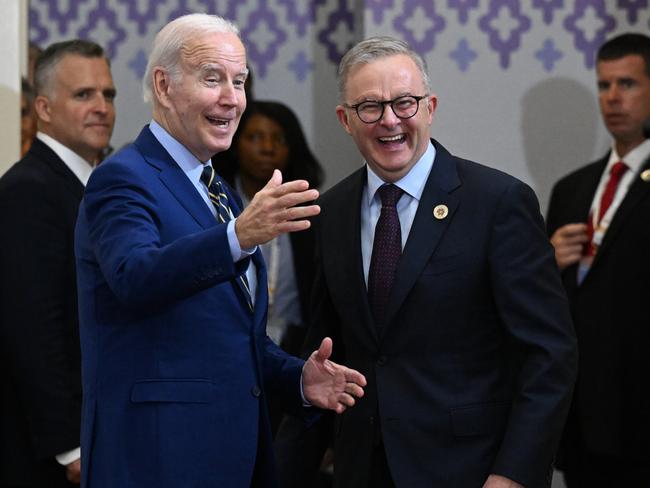
Mr Sinodinos said Mr Biden was “all in” on AUKUS, and that Australia was preparing to “put our money where our mouth is in a huge way”, ensuring the pact became “almost like a state of mind”.
“For Australia, this is a moonshot. This is a whole-of-nation effort,” he told the CSIS.
The former Howard government minister said the US-Australia relationship had never been closer, but that he had lobbied the Biden administration to rejoin the Trans-Pacific Partnership trade deal and support Australia’s bid to reform the World Trade Organisation’s rules to combat Chinese economic coercion.
He said the US was “very gratified about” Mr Albanese’s more ambitious approach to tackling climate change, saying it would soon become the “third pillar of the alliance” through a formal statement from the Prime Minister and Mr Biden to “keep each other honest” and “work better together and more effectively”.
AUKUS KEY IN PENTAGON’S NEW CHINA STRATEGY
The Pentagon announced a new strategic framework, aimed at combating the “increasingly aggressive China”, which placed AUKUS at the centre of the United States plans to defeat Beijing.
In a “memorandum for all department of defence personnel”, the US Secretary of Defence Lloyd Austin called on all branches of the military to “prioritise China” as the “generational challenge” facing the US and its allies.
Mr Austin directed the US Army, Navy and Air Force to place “teamwork” with allies and partners as the core framework of success in combating China’s increased aggression in the Pacific and around the world.
“We will strengthen our alliances and partnerships in the Indo-Pacific by improving interoperability, deepening information-sharing and joint planning, and conducting more complex joint and combined exercises,” he said.
“We will also implement the historic Australia-United Kingdom-United States initiative.”

The memo, which comes after the unprecedented incursion into US airspace of a Chinese spy balloon, updates the Pentagon’s 2022 National Defence Strategy to incorporate the latest challenges from the People’s Liberation Army and the increasing risk of escalation with Russia amid the US defence of Ukraine.
“An increasingly aggressive China is trying to shape the international rules-based system to suit its authoritarian preferences. This is a generational challenge, and the Department will rise to meet it,” Mr Austin wrote in the US’s latest military doctrine.
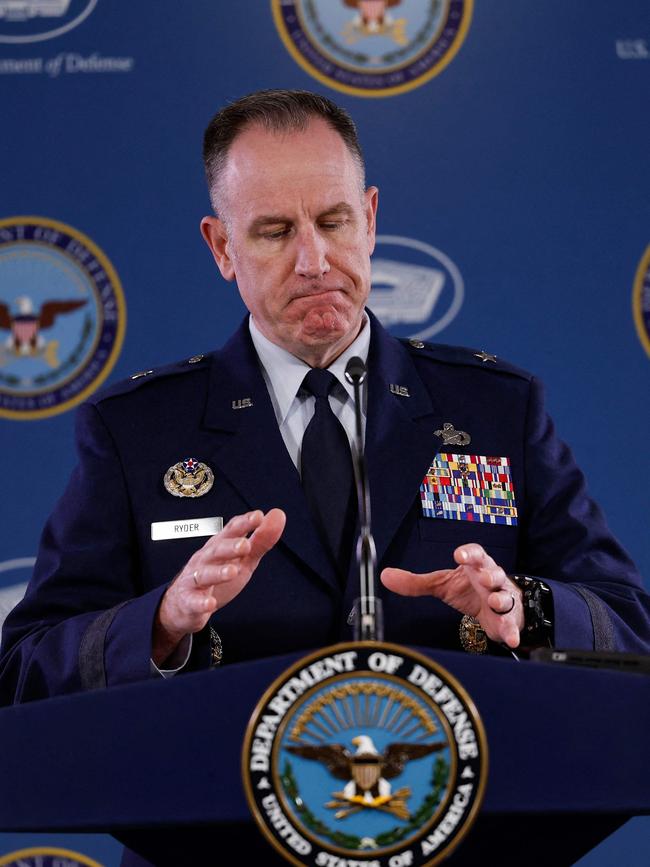
To do so, he added, the Department of Defence would provide Taiwan with self-defence capabilities and increase its co-ordination and partnerships with Australian forces in the region.
“We are strengthening our deterrence posture in the Indo-Pacific by developing new concepts and capabilities, deepening our alliances and partnerships, and expanding our activities and operations,” he said.
Pentagon Press Secretary Air Force Brig. Gen. Pat Ryder said after the memo’s release that the US was committed to expanding joint exercises with Australia, the Philippines and Japan in the South China Sea.
“We are heartened by the discussion that Manilla is having with two of our closest allies in the region, Australia and Japan,” Mr Ryder said when asked about joint patrols by Australia and the Philippines.
Minister of Defence Richard Marles revealed Australia and the Philippines were in early talks to hold joint patrols after a Chinese coast guard used a military-grade laser to blind the Filipino crews near a disputed shoal.
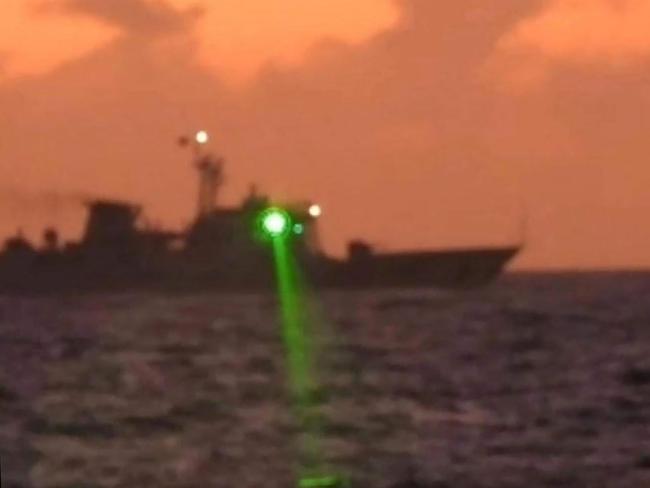
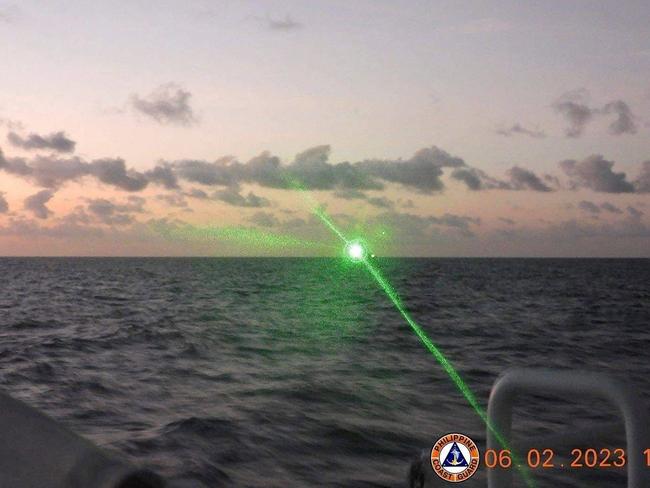
During a visit to the archipelago, Mr Marles and his Filipino counterpart Carlito Galvez Jr discussed expanding defence co-operation, which is currently Army-focused to counter terrorism in Mindanao, to include the Navy and Air Force in the South China Sea.
Mr Ryder said the incident between the China and the Philippines was part of an “uptick” in China’s aggression.
“What you’re seeing here is a broader pattern of activities that represent not only unprofessional behaviour, but also encroachment and coercion,” he said.
More Coverage
Originally published as US ambassador Arthur Sinodinos reveals initial US concerns about sharing nuclear ’crown jewels’




